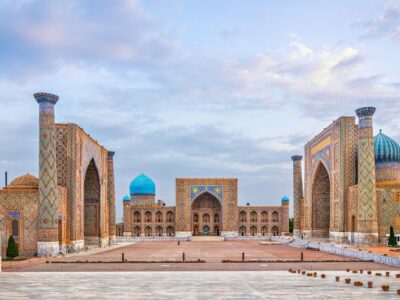
Rome, the Eternal City, is a captivating blend of ancient history and vibrant modern culture. With its rich tapestry of historical landmarks and cultural treasures, exploring Rome is like stepping back in time. From majestic ruins to grand temples, here’s a guide to some of Rome’s most iconic historical sites that you shouldn’t miss on your visit.
1. The Colosseum
No visit to Rome is complete without seeing the Colosseum. This ancient amphitheatre, known for its gladiatorial games and spectacular events, stands as a testament to Roman engineering and architectural prowess. When planning your visit, it’s a good idea to book Colosseum tickets in advance to avoid long lines and make the most of your time exploring this incredible site.
2. The Roman Forum
Adjacent to the Colosseum, the Roman Forum was the heart of ancient Rome, serving as the center of political, social, and economic life. As you wander through the ruins, you’ll encounter remnants of temples, basilicas, and public spaces that offer insight into daily life during the Roman Empire. This sprawling complex was where key decisions were made, markets were held, and citizens gathered for various events. The Forum’s grandeur and extensive ruins provide a vivid glimpse into Rome’s illustrious past, reflecting the city’s role as the epicenter of the ancient world.
3. The Pantheon
One of Rome’s best-preserved ancient buildings, the Pantheon, is renowned for its stunning dome and oculus. Originally built as a temple to the gods, it now serves as a church and a magnificent example of Roman architectural innovation. Its sheer grandeur and historical significance make it a must-see.
4. The Vatican Museums
Home to an extensive collection of art and historical artifacts, the Vatican Museums offer a glimpse into the rich cultural and religious history of Rome. Highlights include the Sistine Chapel with its renowned ceiling painted by Michelangelo and the Raphael Rooms, which showcase masterpieces by the Renaissance artist.
5. The Trevi Fountain
This iconic Baroque fountain is a symbol of Rome’s opulent past. Visitors flock to the Trevi Fountain to toss a coin and make a wish, a tradition that ensures their return to Rome. The fountain’s intricate sculptures and flowing waters create a stunning visual experience.
6. The Spanish Steps
Connecting the Piazza di Spagna with the Trinità dei Monti church, the Spanish Steps are a popular gathering spot and a beautiful example of Roman Baroque architecture. Climb the steps for a view of the bustling piazza and the surrounding area.
7. The Basilica of San Clemente
The Basilica of San Clemente is a fascinating site where you can explore layers of history. This church, built over an ancient Roman house and a 4th-century church, provides a glimpse into the city’s evolution from paganism to Christianity.
8. The Baths of Caracalla
Once one of the largest and most luxurious public baths in Rome, the Baths of Caracalla offer a glimpse into ancient Roman leisure and social life. The sprawling ruins include remnants of elaborate bathing facilities, gymnasiums, and gardens.
9. The Arch of Constantine
Erected to commemorate Emperor Constantine’s victory at the Battle of Milvian Bridge, the Arch of Constantine stands as an impressive example of Roman triumphal architecture. Its detailed reliefs and inscriptions celebrate significant moments in Roman history, depicting scenes of victory and divine favor. The arch integrates elements from earlier monuments, symbolizing the continuity and legacy of Roman power. As a key historical monument, it reflects the grandeur of Constantine’s reign and the architectural ingenuity of the era.
10. Piazza Navona
Built on the site of an ancient stadium, Piazza Navona is a lively square featuring Baroque architecture and beautiful fountains. The Fountain of the Four Rivers, designed by Gian Lorenzo Bernini, is a centerpiece of the piazza and showcases intricate sculptures and water features. The square is also home to the Church of Sant’Agnese in Agone, another Baroque masterpiece by Francesco Borromini. The vibrant atmosphere, with street artists and bustling cafes, makes Piazza Navona a must-visit destination in Rome.
Conclusion
Rome is a city where every corner reveals a piece of its illustrious past. From the grandeur of the Colosseum to the artistic marvels of the Vatican Museums, these iconic historical sites offer a deep dive into the rich heritage of the Eternal City. Make sure to include these landmarks in your itinerary to fully appreciate the historical and cultural tapestry of Rome. Enjoy your journey through the ancient and timeless beauty of Rome!











